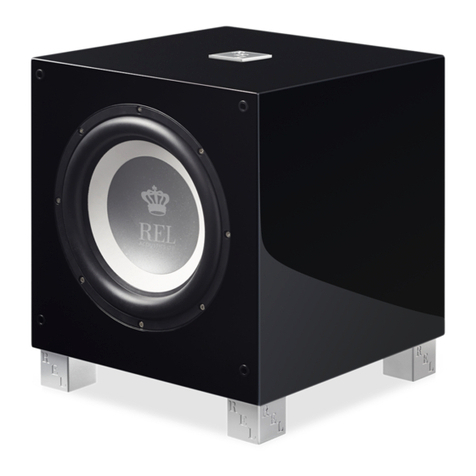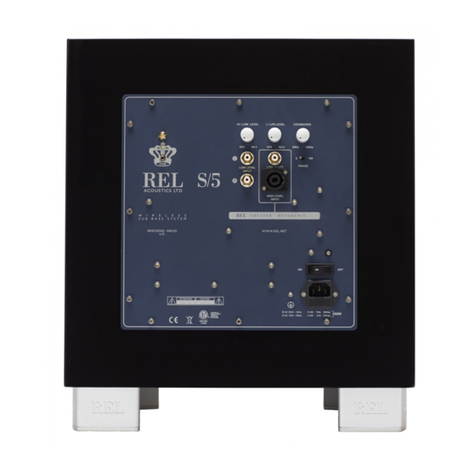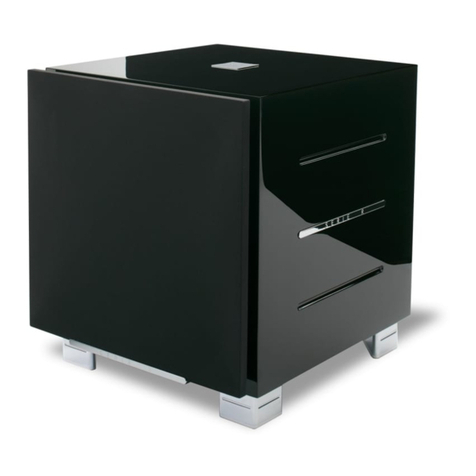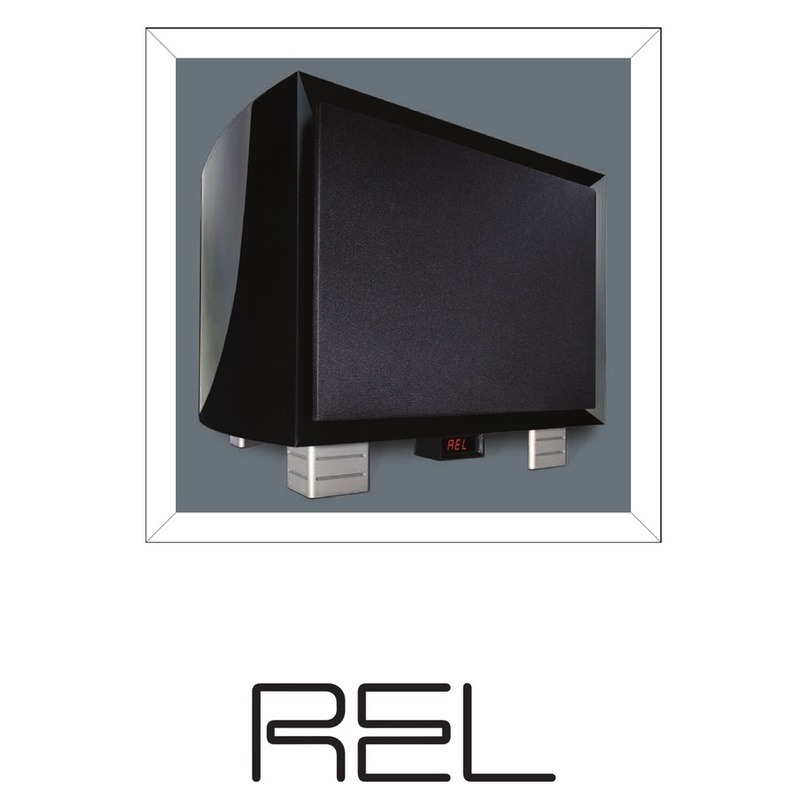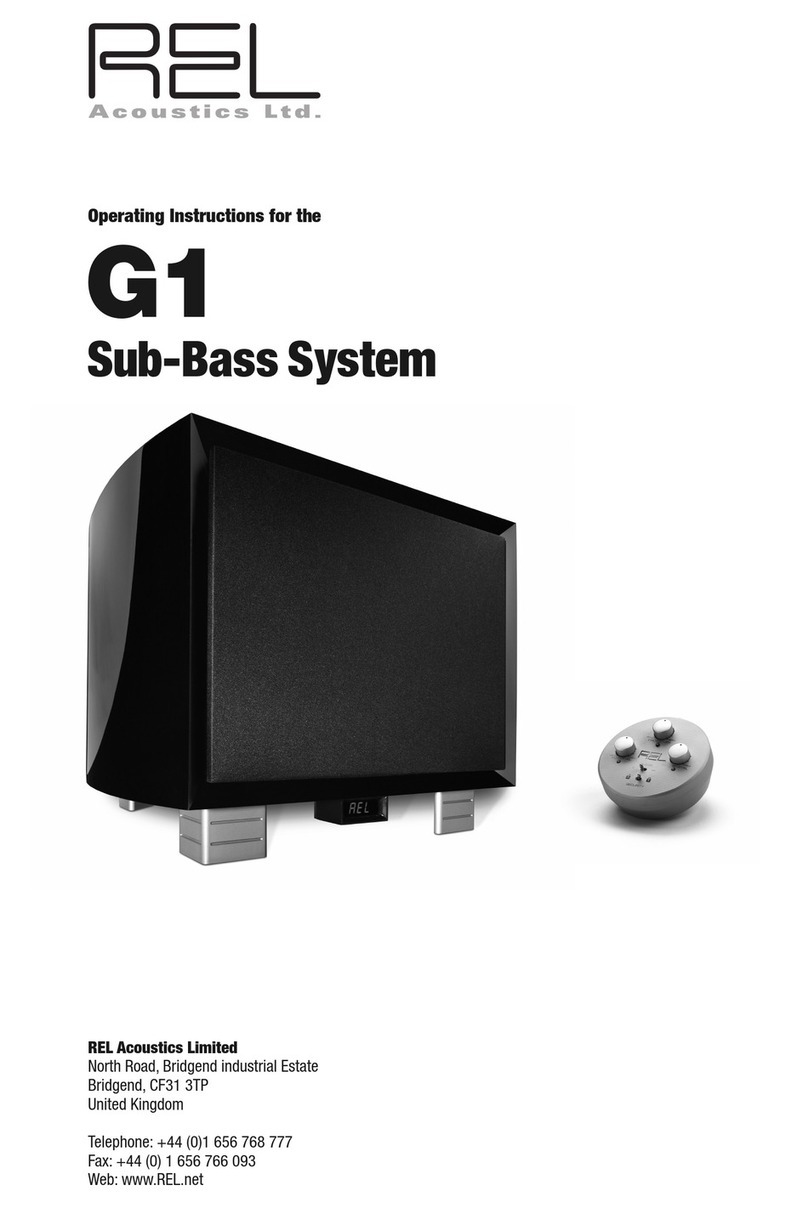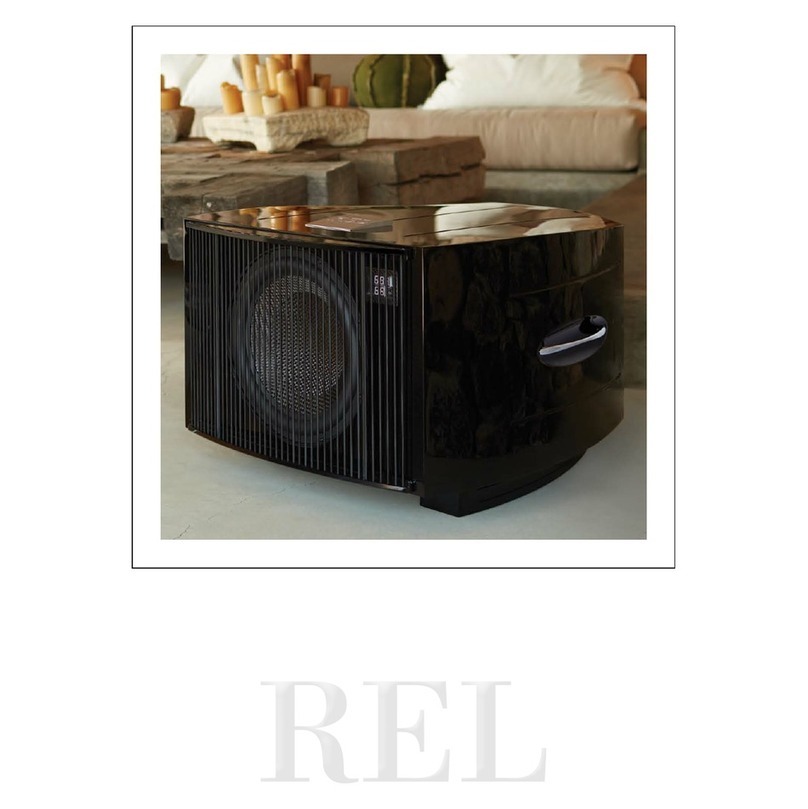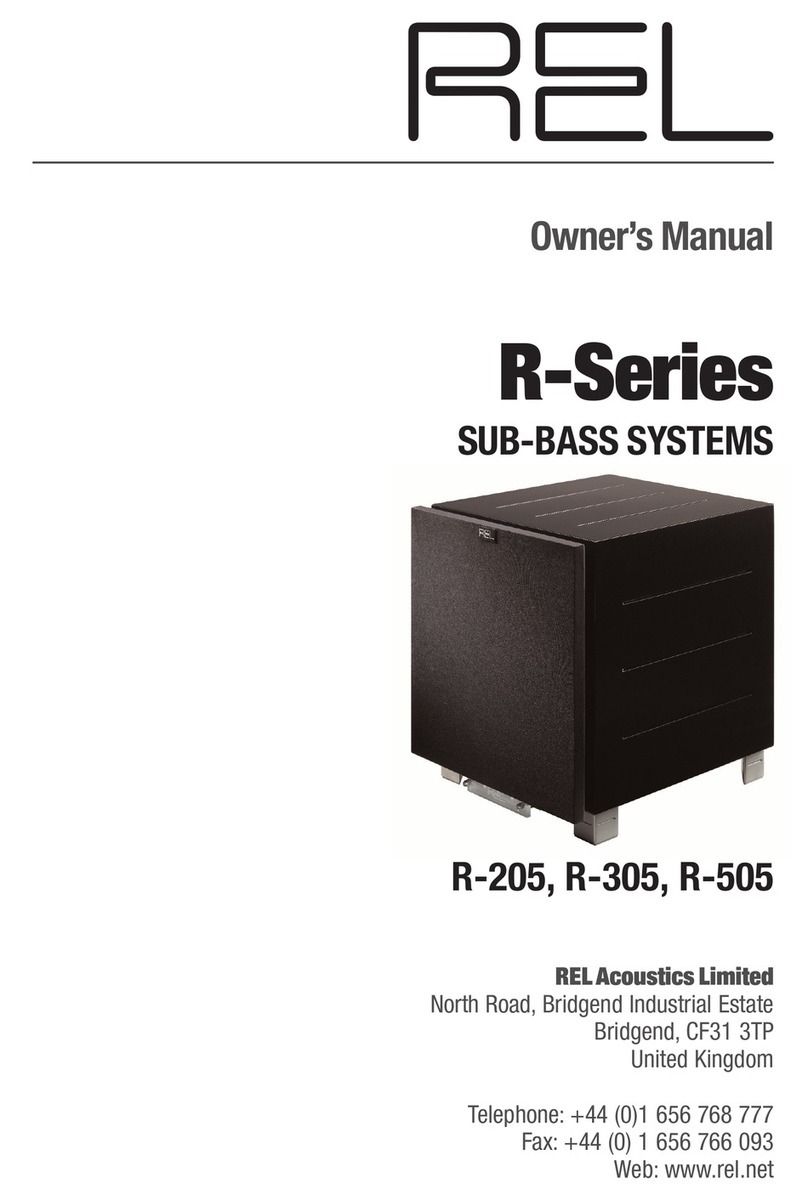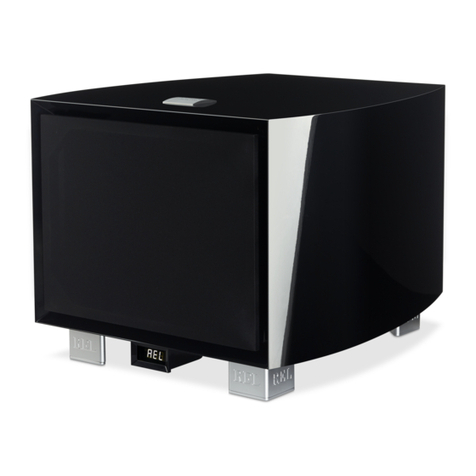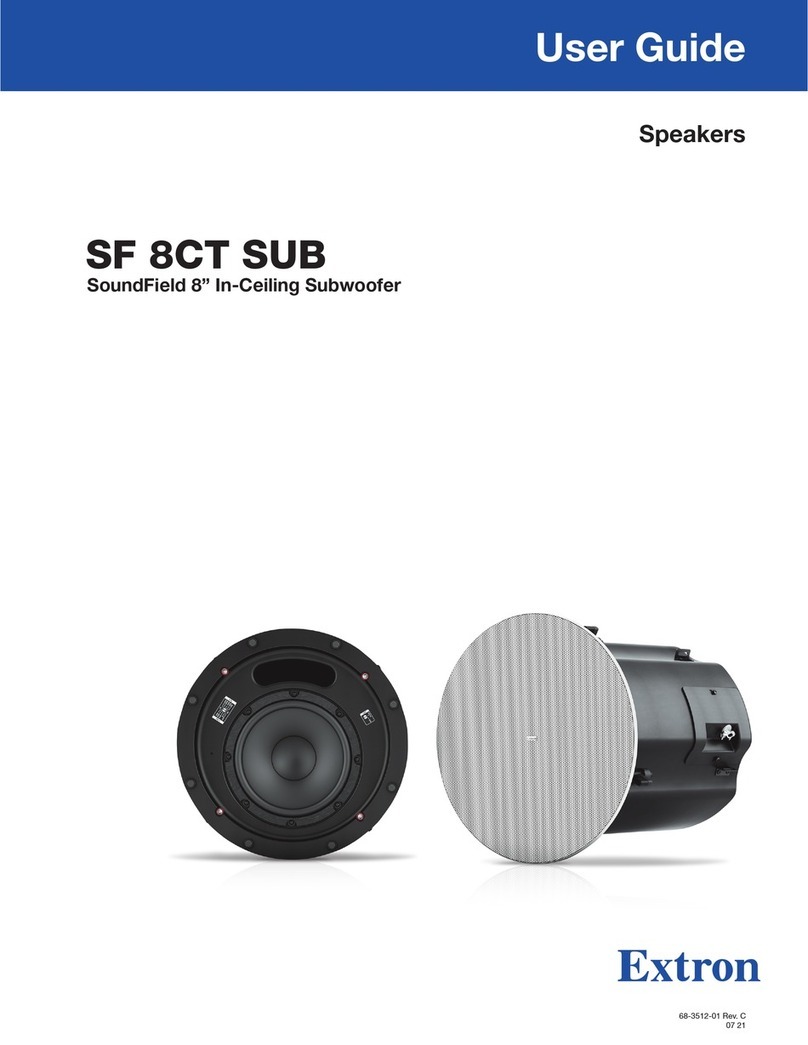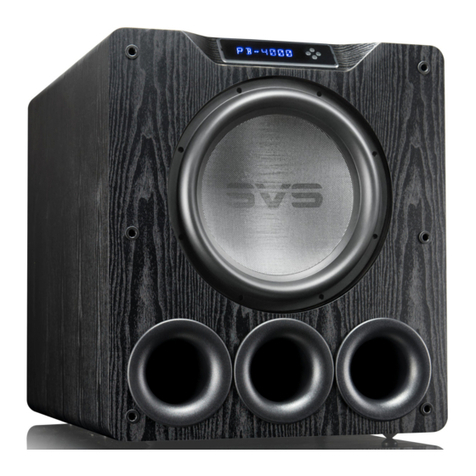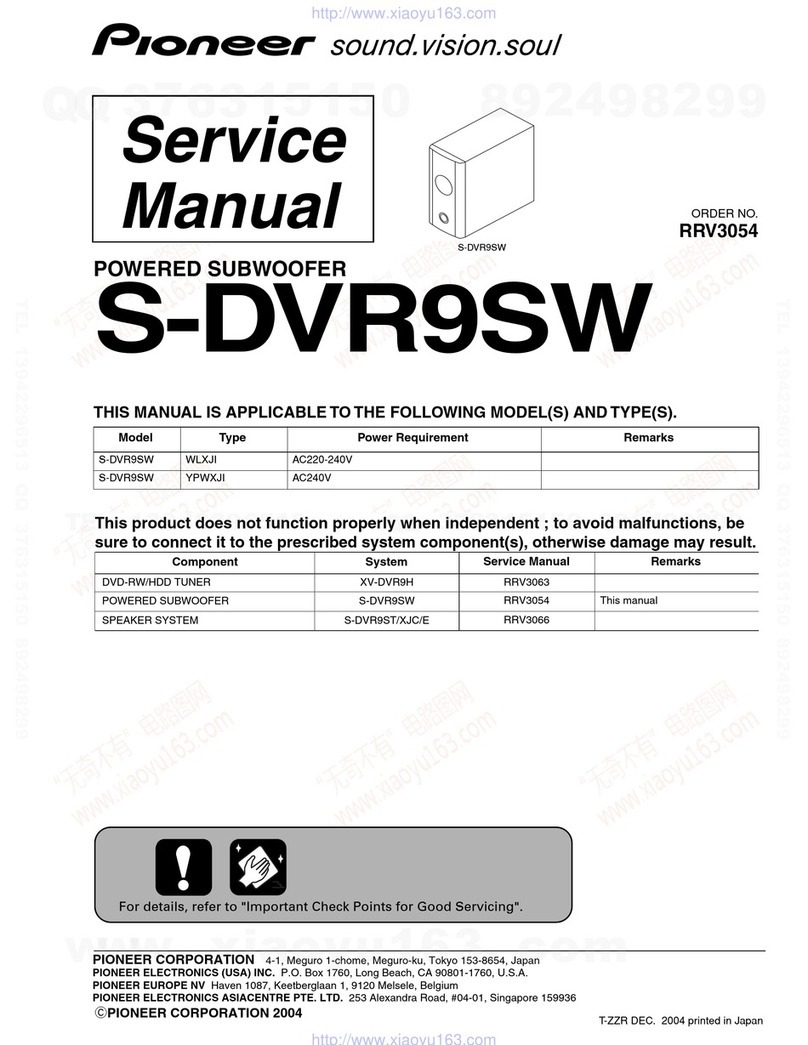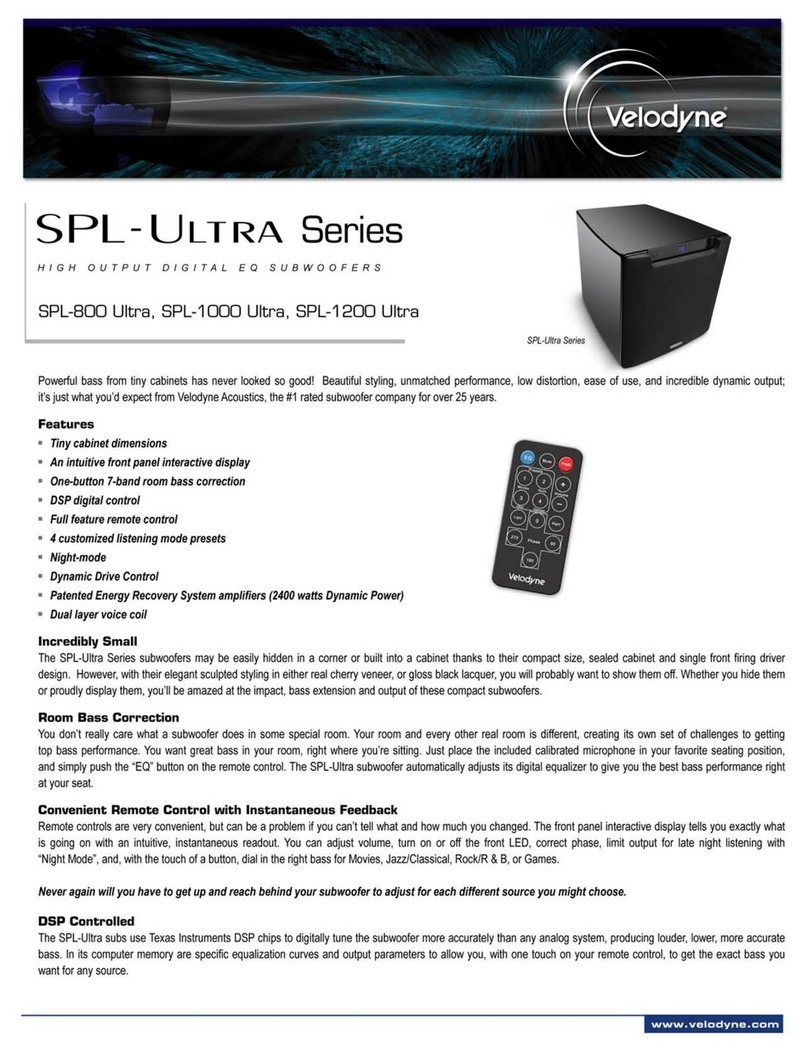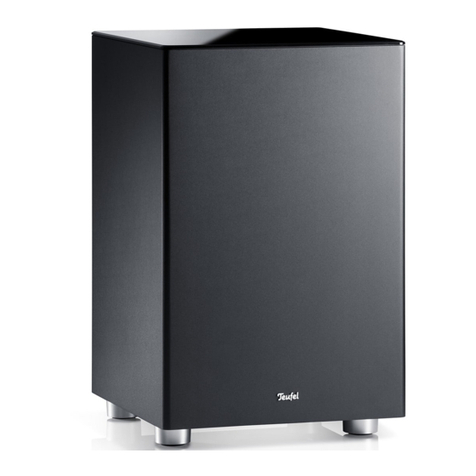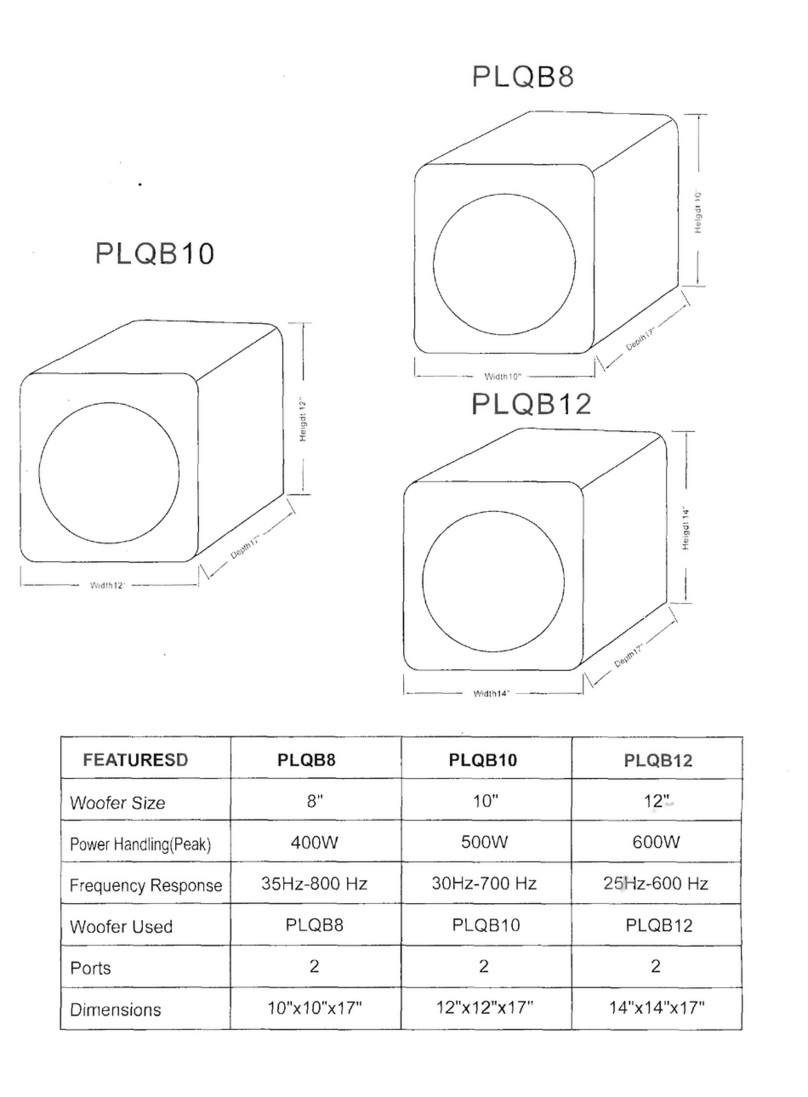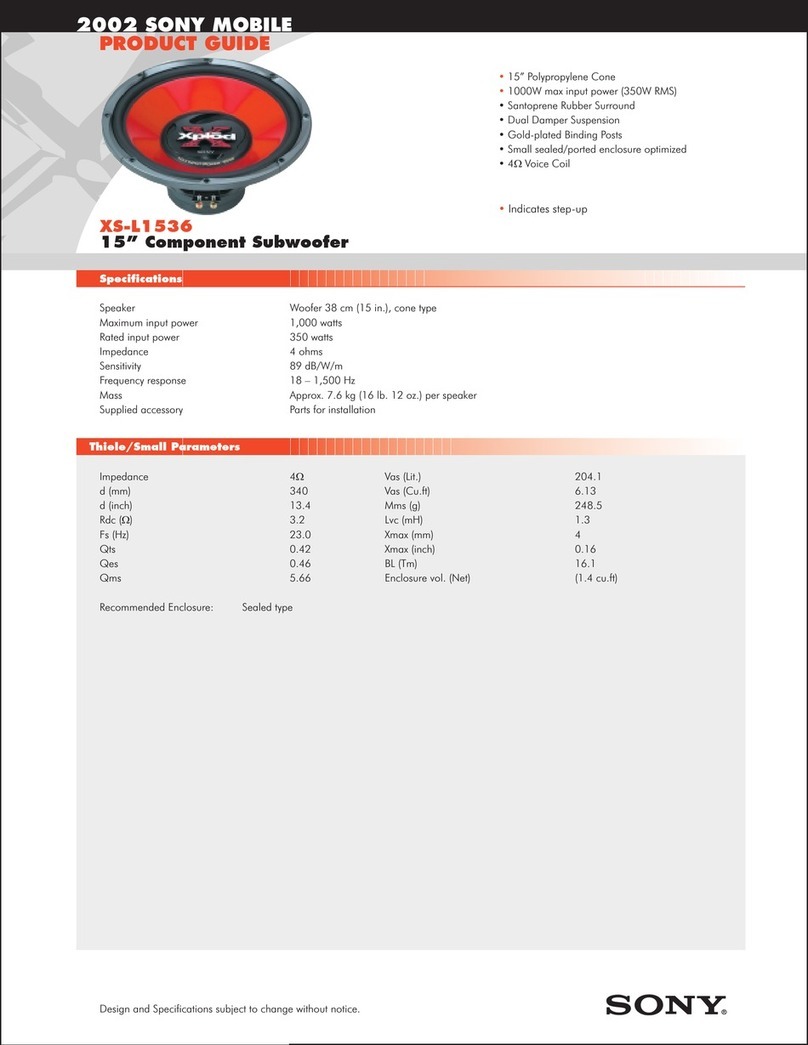7 8
Averssement
Cet arcle est lourd. Pour éviter tout risque de blessure, prendre soin lors de la manipulaon.
L’ appareil ne doit pas être exposé à des éclaboussures et aucun objet rempli de liquide, comme des vases,
ne doit être placé sur l’appareil.
Les conduites Plus est ulisé comme disposif de déconnexion. La che de l’appareil ne doit pas être
obstruée OU doit être facilement accessible pendant l’ulisaon. Pour être complètement déconnecté de
l’alimentaon électrique, le cordon d’alimentaon de l’appareil doit me débranché.
Un appareil avec une borne de terre doit être branché sur une prise de courant en étant relié à la terre.
Sécurité Design
Cet appareil est livré avec un cordon amovible cordon. Pour le fonconnement d’un fusible de 220V
3.15/S/2, 5A/S/3, 5A/S/5 est montée dans la douille, pour le fonconnement de 120V un fusible de
6.3A/S/2, 9A/S/3, 9A/S/5 est monté. Si le fusible doit être remplacé ulisaon un fusible similaire
approuvé pour ASTA ou BSI normes 362. Ne pas uliser sans le couvercle de fusible en place. Les
couvercles de rechange sont disponibles auprès de votre distributeur
FCC STATEMENT
This device complies with Part 15 of the FCC Rules. Operaon is subject to the following two condions:
(1) This device may not cause harmful interference, and
(2) This device must accept any interference received, including interference that may cause
undesired operaon.
NOTE: This equipment has been tested and found to comply with the limits for a Class B digital Device, pursuant to Part 15 of the
FCC Rules. These limits are designed to provide reasonable protecon against harmful interference in a residenal installaon.
This equipment generates, uses and can radiate radio frequency energy and, if not installed and used in accordance with the
instrucons, may cause harmful interference to radio communicaons. However, there is no guarantee that the interference will
not occur in a parcular installaon. If this equipment does cause harmful interference to radio or television recepon, which can
be determined by turning the equipment o and on, the user is encouraged to try and correct the interference by one or more of
the following measures:
Reorient or relocate the receiving antenna.
Increase the separaon between the equipment and receiver.
Connect the equipment into an outlet on a circuit dierent from that to which the receiver is connected.
Consult the dealer or an experienced radio/TV technician for help.
Congratulaons on your purchase of the 212/SE, a truly formidable instrument for the reproducon of
exceponal low bass in very large-scale music and theater systems. 212/SE is the next signicant step in
REL’s relentless progression towards becoming the best sounding, best-built specialty subwoofer
manufacturer extant.
REL have always prided ourselves on providing seamless mang of our subwoofer designs with any brand
and model of quality loudspeaker the customer chooses. This tradion connues on in 212/SE, ulizing all
the design experse REL are acknowledged for in our renowned lter technologies, as well as the truly
brilliant Limitless™ electronic limiters we employ that permit extraordinary output levels to be delivered
with lile fear of overloading the drivers.
Where 212/SE builds a new step in REL’s path is in the sheer volume and output a REL is capable of. Whilst
retaining all the subtlety and delicacy of classic REL designs, 212/SE will play shaeringly loud.
This capability confers signicant merit when paired with larger state of the art speakers in stereo pairs
of 212/SE’s (recommended as a wonderful improvement over the excellent single 212/SE set-up) and
especially so in large home theaters. Here, the 212/SE delivers copious quanes of explosively fast, hard
bass. Special eects delivered via LFE such as explosions by the latest movie soundtracks are delivered with
visceral slam. Meanwhile, the classic REL approach of using both High Level + .1/LFE permits richly natural
bass to wash through less ambious tracks allowing for greater enjoyment of the movie experience, no
maer the scale of the movie.
212/SE rearms REL’s relentless pursuit of delivering the best and most varied oerings among subwoofer
manufacturers.
Welcome to the REL Family
REL_212/SE_Manual_01-15.indd 10-11 1/16/15 3:08 PM
